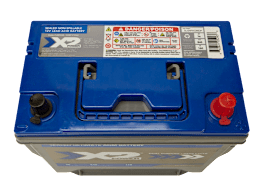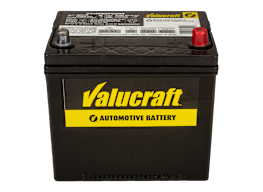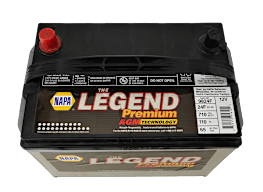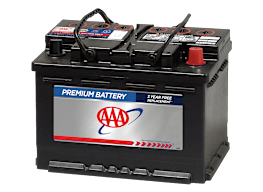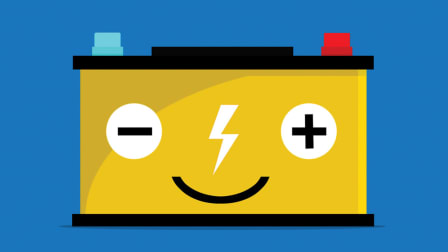How to Jump-Start a Car With a Dead Battery
Follow this step-by-step guide to using jumper cables
Every drive begins with a 12-volt battery starting the car, even in electric vehicles. Without that essential spark, the trip can’t even start. AAA reports that battery-related roadside service calls are down slightly as more people have returned to their regular commutes since the pandemic, rather than let their cars sit. Even still, the number of calls so far in 2023 is over 5 million.
The chance of needing a jump-start or battery replacement is greater for those owners who often leave their car parked for days or even weeks. As a car sits, the battery drains. This is especially true for relatively new vehicles with various electronic systems that consume energy even when the car is parked.
Jump-starting a car used to be a simple affair, but since cars have become more complex there are new risks, and you should be cautious if you jump-start one on your own. Plus, you might want to think twice about asking a stranger for help.
Common Steps to Jump-Start a Car
- Park the car you’ll use for jump-starting next to the one with the dead battery, positioned close enough so that the cables will reach. The vehicles shouldn’t touch one another.
- Turn off the ignition on both cars.
- First, clamp one end of the positive cable to the dead battery’s positive clamp.
- Now have a helper connect the other end of that cable to the other battery’s positive clamp.
- Next, connect the negative cable to the negative terminal on the good battery.
- Finally, connect the other end of the negative cable to a ground point on the vehicle with the dead battery. This can be the engine block or another metal surface away from the battery. Be careful not to touch the two ends of the cable together while doing this.
- Start the rescue car that’s providing the electricity.
- Start the car with the weak battery. If it doesn’t start, check your connections and tighten or clean as needed.
- If it does start, let the problem car run for at least 20 minutes to allow the battery to recharge before shutting it off.
- If it still doesn’t start, there may be another problem. Call a local service station for help.
- Disconnect the cables in the reverse order.
How to Avoid a Dead Car Battery
Cars need to be driven regularly to allow the alternator to maintain the battery’s charge level. If you need to park your car for an extended period, consider using a trickle charger or battery maintainer. These devices can replenish a drained battery. The better models can replenish the battery and potentially extend its service life.
Car batteries typically last three to five years, according to AAA, depending on use and temperatures. Hot weather is far worse on battery life than cold weather.
“Routine inspection is as important for the battery as it is for the rest of the car,” says CR’s Banta.
To avoid being stranded, you should be diligent about servicing and replacing your car’s battery, Banta says. He recommends having the battery load tested annually after it’s 2 years old if you live in a warmer climate and 4 if you live in a colder climate. Doing so tests its ability to hold voltage while being used, and the results will let you know when it’s time to start shopping for a replacement.
It’s better to careful about maintaining and replacing your battery than stretching every last start from it and risking being stranded.
Some auto parts stores, like AutoZone, will test your battery free of charge and install a replacement if needed.
















